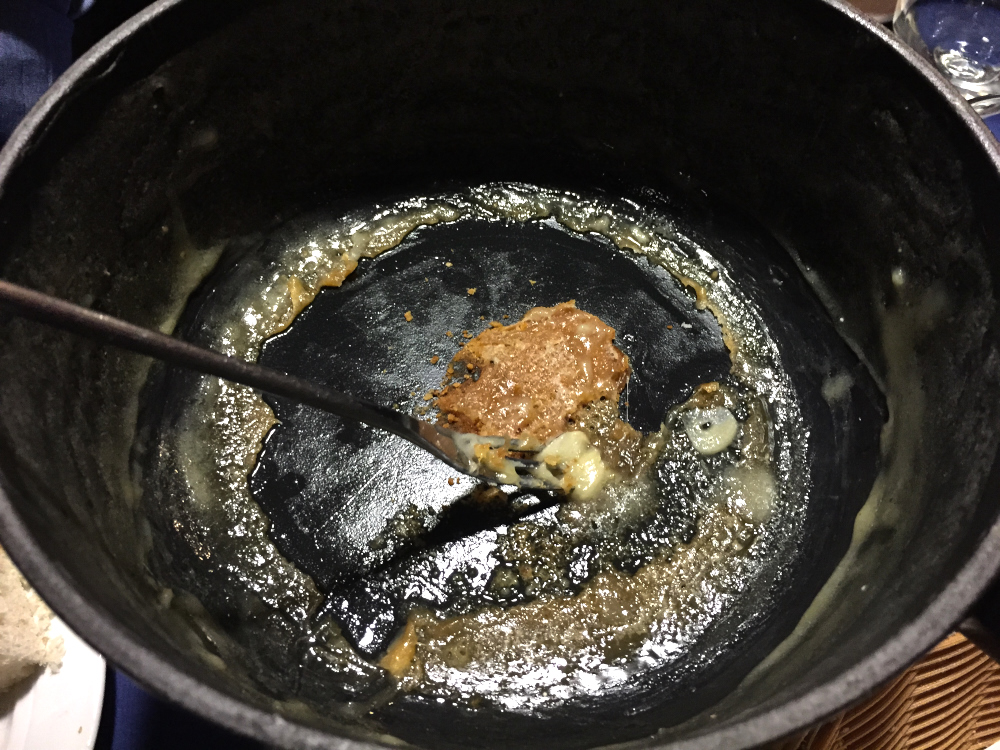Behind the Curtains at Alpa
A few weeks back, Anthony Festa and I spent 4 days in Zurich at Alpa Headquarters. Capture Integration has been selling and supporting Alpa solutions since late 2013, and this trip was designed to help fill in some knowledge gaps, get to know the entire company more intimately, and deepen our understanding of the products and the philosophy and culture of the company.
Alpa’s headquarters is a modest 2 story office in a somewhat residential area away from the city center, an area that is a nice walk about section of the city. The main workspace layouts are, not surprisingly, open, low key, organized and transparent. Always looking for ways to improve our own company and its own organizational efficiency, we found ourselves taking some notes here and there where we saw good ideas.
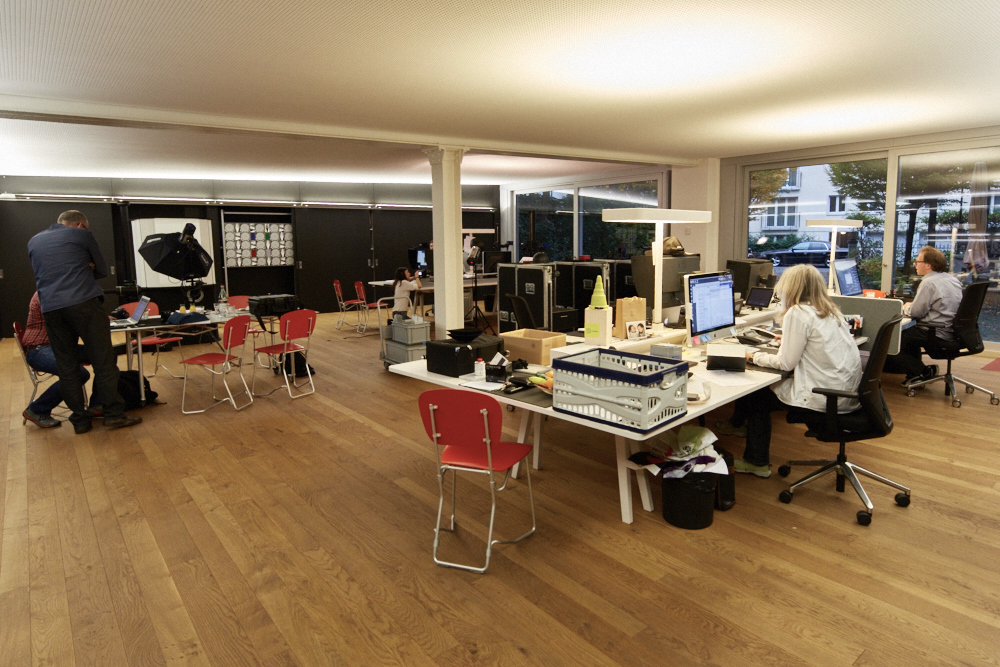
Unlike our Capture Integration HQ in Atlanta, the atmosphere at the Alpa Headquarters is a relatively quiet and subdued affair, though a low level intensity resides. Everyone has a role, though as with many small size companies, there can be some overlap (or more accurately) – some multiple hat wearing. But for the most part, we realized individuals function with an awareness of their own unique charter, suited to their strengths and talents.
We had time to get a good solid glimpse of the entire operation down to the smallest details. Shipping, receiving, inventory accounting, production status, testing, inspection, housekeeping, and yes, conceptual design and various directional roadmaps. In addition, we had access to some of the “secret rooms” with “secret stashes”.
As some may be aware, beginning roughly in 1940, Alpa began as a company that manufactured high end, all metal, 35mm cameras in relatively low volumes, perhaps 40,000 units in all over about 40 years. In 1996, Alpa, as had been known, ceased production and under new ownership began anew, but this time targeting the medium format market. Many thought this business strategy was madness, in the words of Thomas Weber, one of the owners. However, Alpa applied a similar, hand crafted, low volume, high quality approach that echoed their legacy and the resulting products have carved an important niche in the segment of high end photographic solutions, both for film and (especially) for digital.
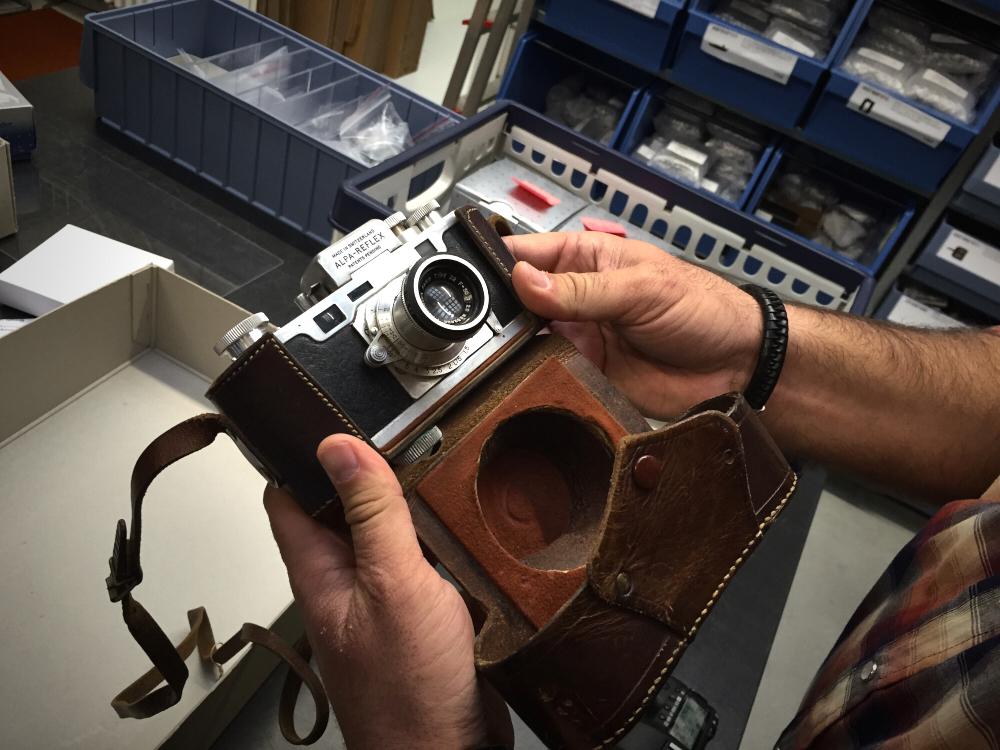
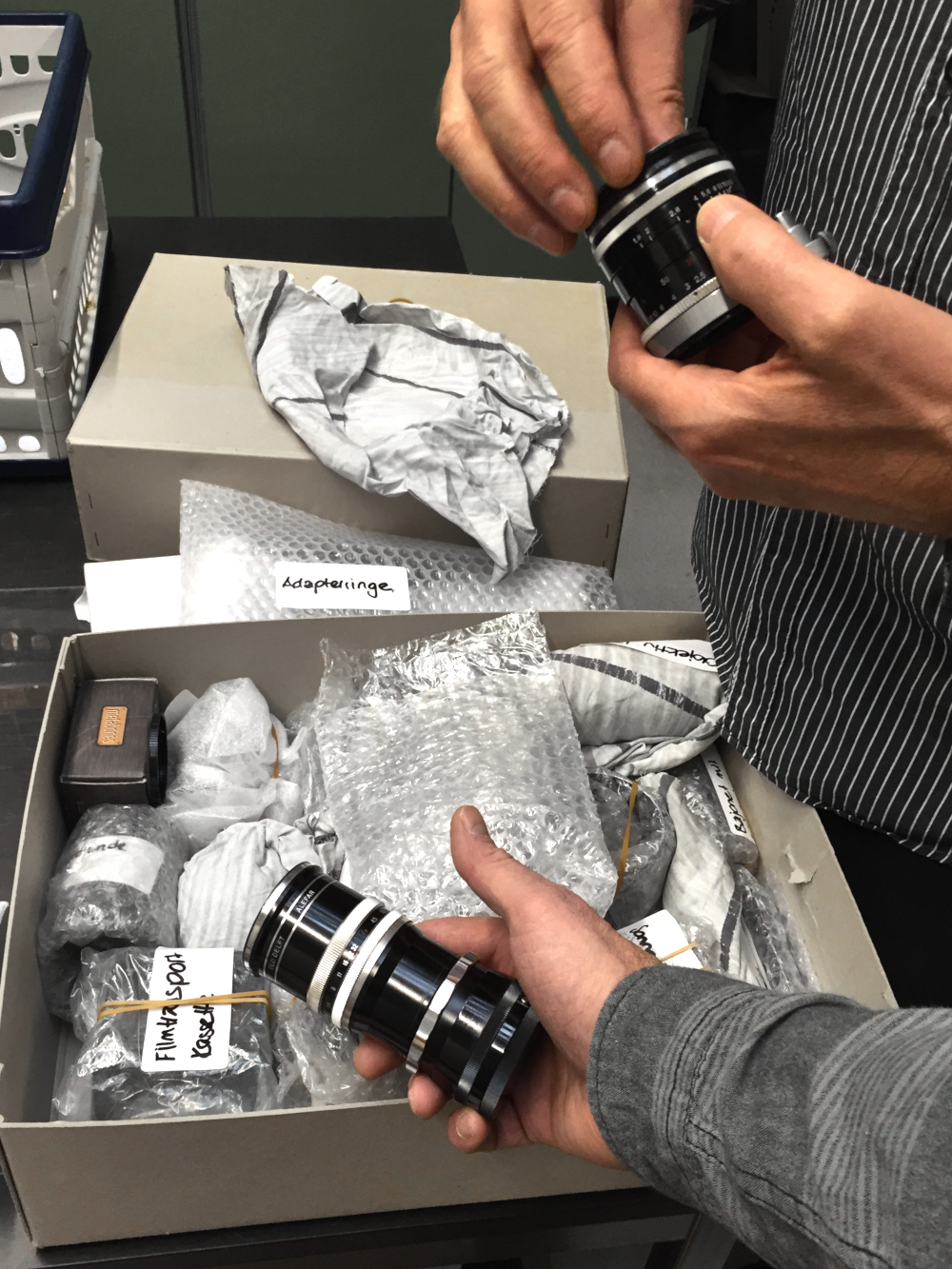
One of the important things that happened while we visited Alpa was spending time with Thomas Weber, Ursula Capaul, and Andre Oldani. This was really important, because when we partner with a manufacturer, ideally, we do more than just sell and support their products. Because the products from our primary partners are so strong and unique, we truly believe in them. Beyond knowing the products inside and out from a technical standpoint, we want to know why the company goes to the effort of creating them. What is important to them? Why are they doing this? What do they want?
So I had multiple discussions along those lines with Ursula, Andre, and especially Thomas, and absorbed the context behind what matters to them. I took what they said at face value – I’m a fair listener, and I invite people to speak frankly and speak their mind. What I brought back with me is that while sales naturally need to be at a certain level to sustain the company and those who work there, increasing sales and market share is not a driving force within the company. Or not the driving force. Thomas in particular, is a passionate person, and I still can feel the indents at the back of my pupils as he bore into me why Alpa goes to the trouble of painstakingly creating these cameras.

Alpa, like a lot of camera companies, is extremely proud of and enthusiastic about their camera products. But, the pride and enthusiasm is at a different level. They want the owners of their cameras to feel the same way about owning them, as Alpa does about making them. This is a different level of ownership. It asks the owner to truly appreciate what they have in their hands. Beyond what the camera does, beyond any functional advantage perhaps over another camera, Alpa wants an owner to be able to evaluate, on a craftmanship level, the quality of what they have in their hands. I am dead serious. If someone chooses an Alpa camera solution over another because of price or perhaps some miscellaneous feature, and that is all that matters, it may be possible that this is a sale that has missed the Alpa target customer. In today’s marketshare centric world, that is distinctly uncommon.
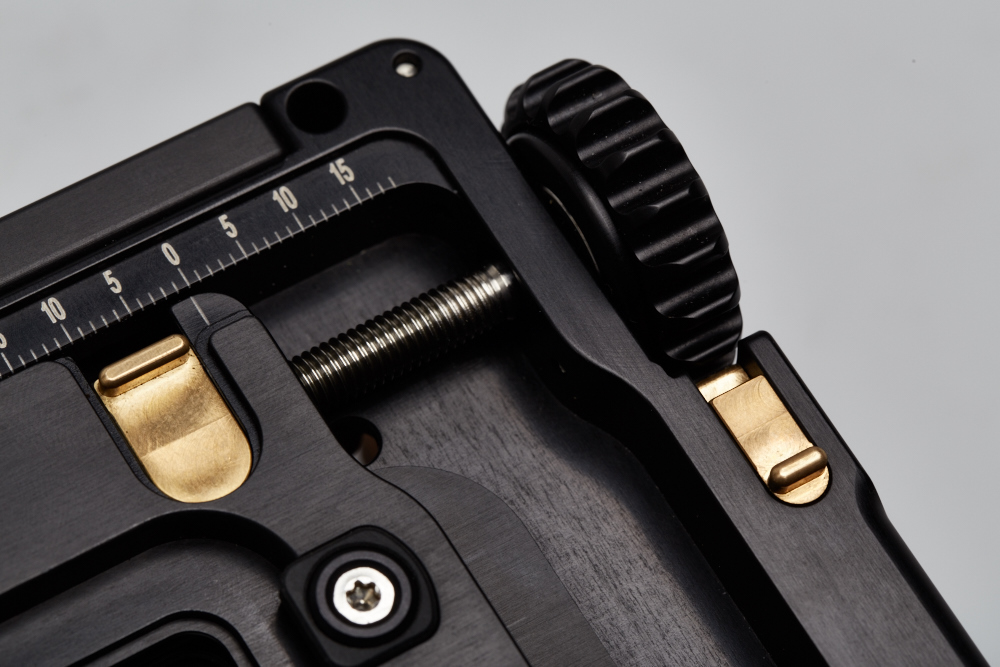
But to be sure, even with our existing technical camera knowledge, Alpa has their own ethos, and getting up to speed on Alpa products and technology has been like drinking from a firehose. So Anthony Festa and I hoped to bring back a bucket of technical knowledge to fill in some of the gaps and round out our knowledge base. In addition to running through a cross country course of multiple puzzling configurations thrown at us with blinding speed by Ralph Rosenbauer, we also participated in some of the testing and inspection processes that Alpa employs in the application of quality control for their products.
Alpa themselves have no in house machining. There is no machining room at the offices I visited! Really! Then what do they do? I think of Alpa first, as a conceptual design company. They are vitally interested in innovative photographic solutions. As a result, they themselves are pushing the design and concepts for creating products that can produce extremely high quality results. There is no question that they work very, very closely with the machining arm of their partnership from a specification standpoint. But Alpa themselves are dictating the specifications. Alpa is also an extremely conscientious quality control company. They use the term precision often in their product materials and owners echo the term frequently. Some may smirk at the use of the term precision. I think Alpa has every right to make a big deal out of it. For that matter, I think any company that invests the same dedication to precision that Alpa does should not hide this. It’s important that a prospective Alpa owner knows this.
Every Alpa solution is a combination of multiple components, most commonly a digital back, mounted to a camera interface adapter featuring the ability to adjust (shim) the sensor distance to camera, a camera itself, a high resolution lens mounted in a proprietary housing incorporating a helical focus ring, and depending on the configuration, various spacers, other adapters, and latches for securing all these components. That…. is a lot of room for error.
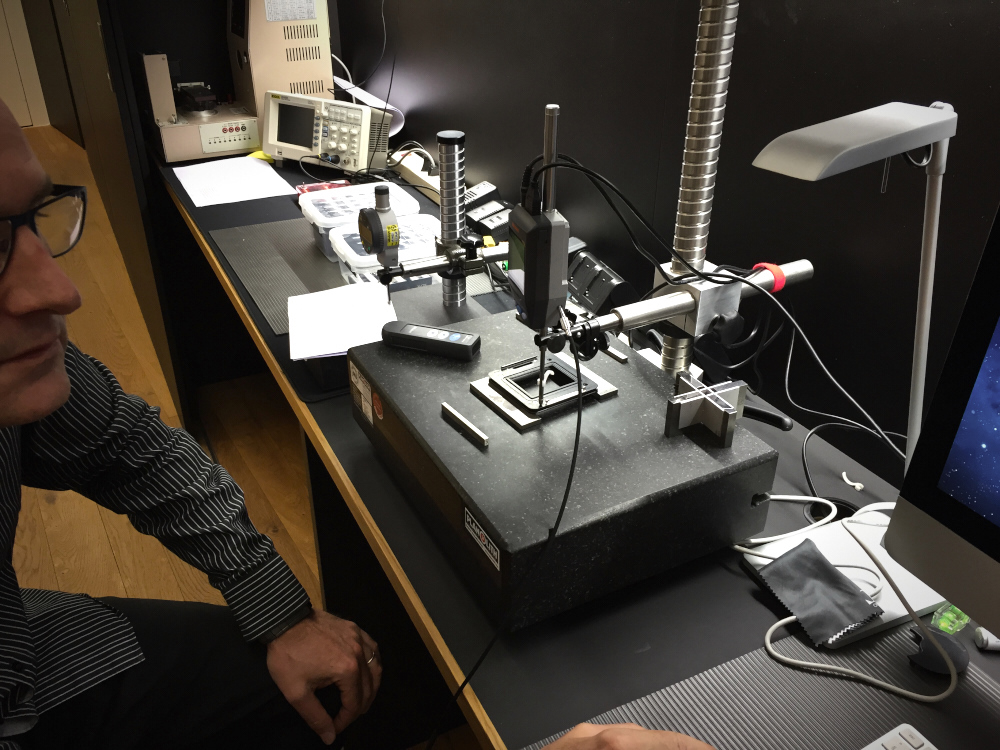
But are there errors? If there are, there are damn well few! The total of the possible tolerance factors is a sum of the combined components. Alpa measures the shimmable camera interface adapters and the camera bodies on a stone slab with a measuring device precise to 2/100th of a millimeter. The adapters and cameras are measured on all 4 corners. If there is a deviation, the component is pulled. Every week, there is a new shipment of cameras, adapters, etc. that arrives and needs to be inspected.
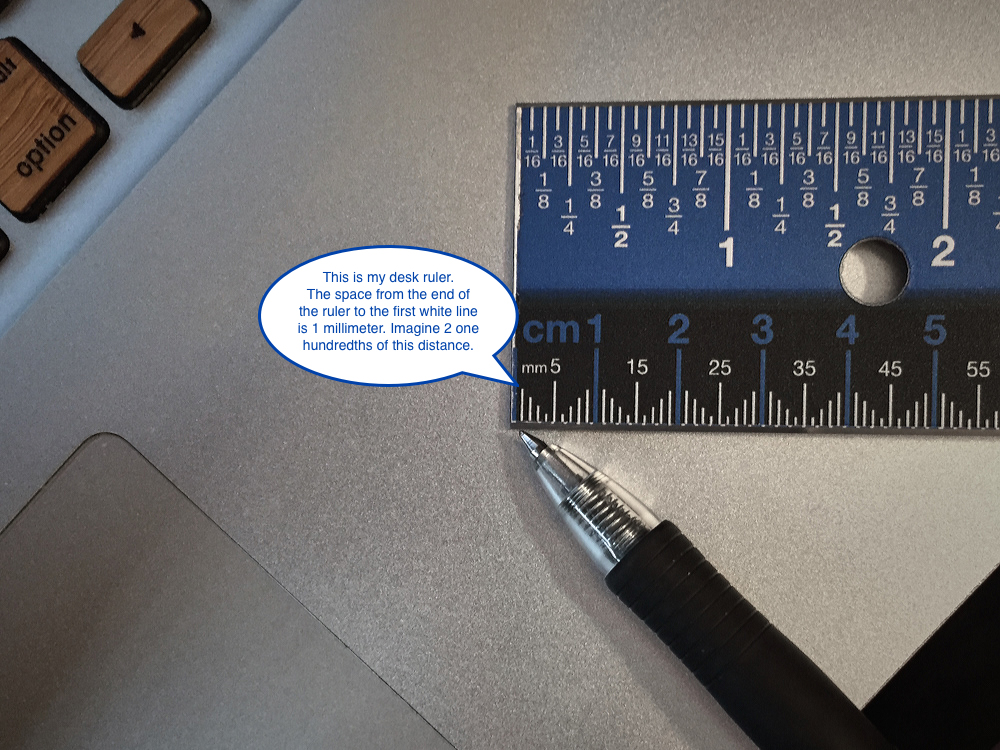
Another testing device we “played” with was a shutter measuring mechanism. This machine measures the vibration from a shutter, and is accurate to one kilogram per second. In addition to testing the Copal Shutters that most lenses are ordered in, this also tests the Mamiya-based shutter that provides shutter functionality for the Alpa FPS camera. In terms of vibration, given the performance of the Mamiya shutter at certain shutter speeds, I was curious if there was a reduction when employed in the Alpa FPS camera and indeed there is. There is more to a shutter than just the shutter.
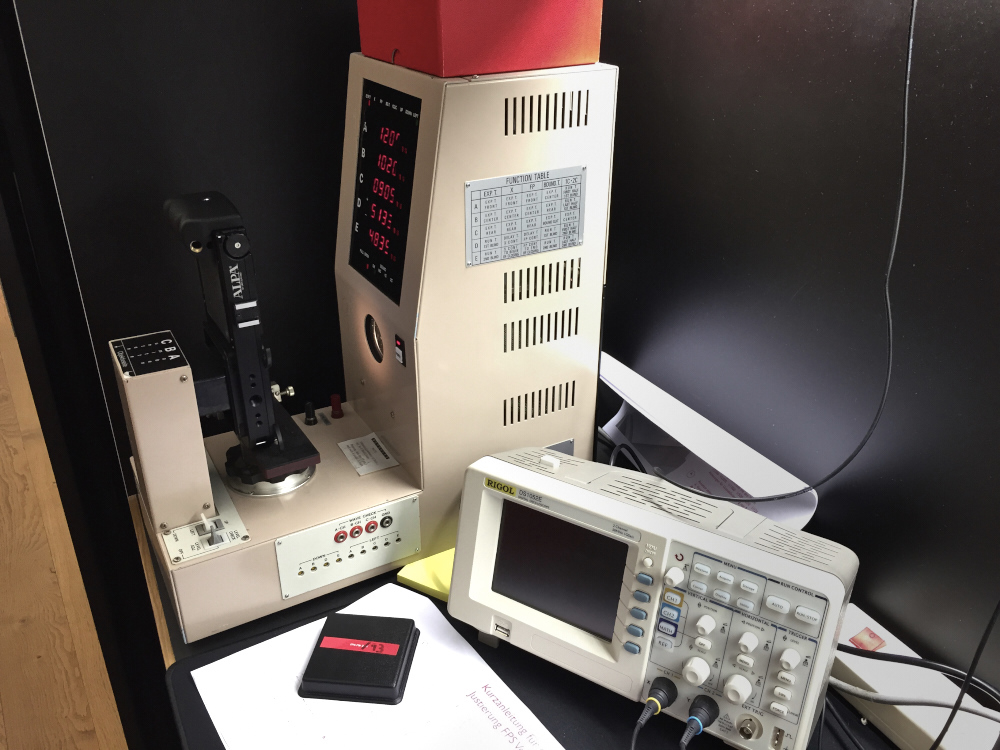
Alpa has included additional components and modifications into the FPS camera that reduce vibration compared to the implementation of the Mamiya shutter in the Mamiya/Phase One 645 cameras themselves. There are some who have questioned Alpa’s decision to utilize this shutter. I feel this is a good lesson that thinking with broad strokes has some shortcomings. It is good to have all the details before making assumptions.
An important objective for our trip was to absorb enough information concerning quality control practices so that we ourselves could offer a level of precision for preparing, testing, and evaluating Alpa products for our own clients. Anthony Festa spent an extensive amount of time going through the shimming process with Alpa’s custom shimming bar, which reduces the potential for errors due to its construction.
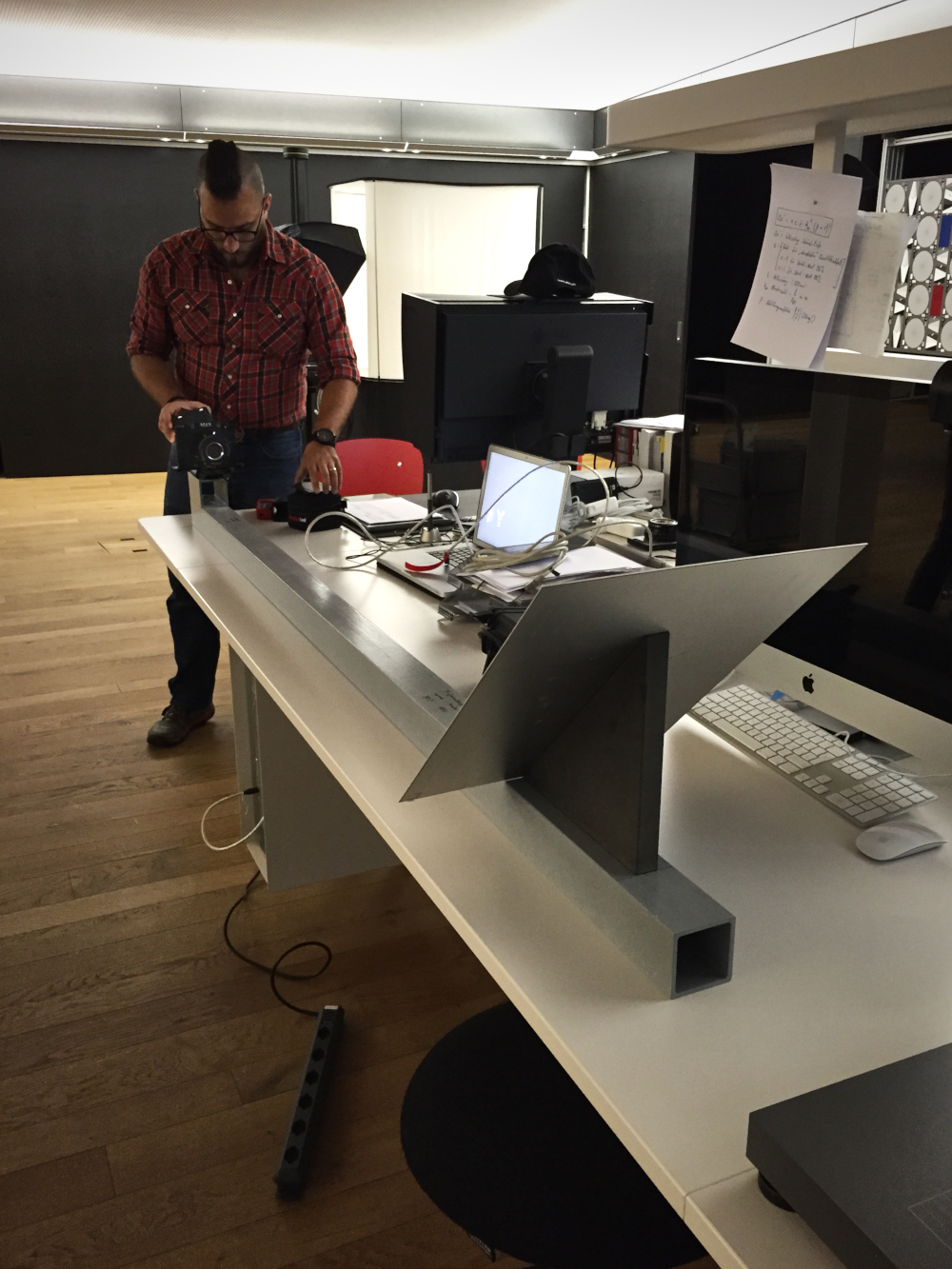
Anthony and I were both particularly keen to observe the process for lens quality control. Due to the variable nature of medium format digital sensors, high quality optics, and the movements a user might want to inform the components with, we find ourselves in an evaluative and educational position with our clients on a daily basis. Sensor position within the image circle of a lens brings about situations where limitations are revealed, and flaws exposed. Part of prescribing the right combination of these products is a thorough understanding of the performance. What we were truly interested in was how Alpa evaluates the lenses they receive from Schneider and Rodenstock, and does their evaluation offer any advantage over buying the same lenses off the shelf?
If anything, what we saw from Alpa was that the quality control process is most often a combination of precise measuring equipment, but also that the human component is a participant in almost all aspects. This was especially the case when it came to lens evaluation. First, the lenses are intended to be dialed into an infinity setting, and when turned all the way to that mark, represent the sharpest image quality for an object at a significant amount of distance from the lens, in excess of a kilometer, in Alpa’s case. This is an essential value and benchmark for the lens to exhibit sharply. Alpa captures the center and left and right sides of each lens they receive into inventory with an 80 megapixel digital back. If the infinity target at the top of the distant peak isn’t visible because of low hanging clouds, the delivery of your lens could be delayed due to the weather!
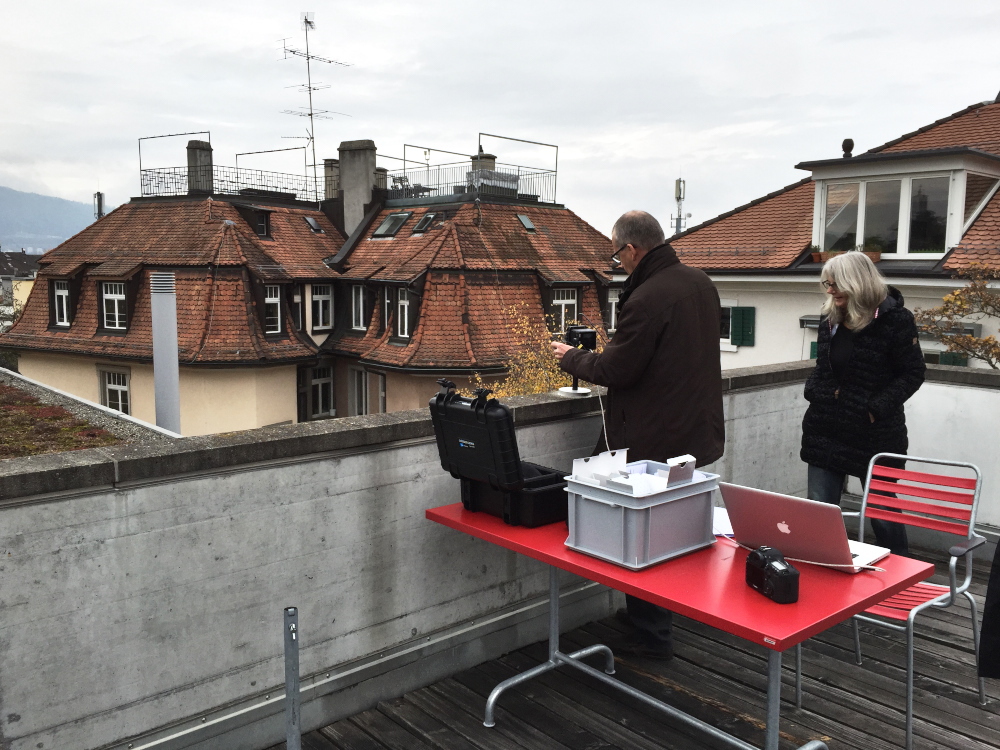
The results are then evaluated on an Eizo LCD and compared to reference files for the same lens shot with that same 80 megapixel digital back unit. There is some serious eyeballing involved and we all took part in this. What immediately was obvious is that no two lenses are exactly the same. And this is not surprising. Lenses, after all, are comprised of natural elements that then go through a cooking process and, once assembled into a housing, are susceptible to environmental changes. Out of the batch of 20 or so lenses we evaluated files from, we interestingly found that 2 of them noticeably exceeded the reference files and 2 of them noticeably did not come close to that level, and the 2 latter lenses were referenced as “go backs”. The remaining lenses were very close to the target performance. So what does this mean? It does mean that a lens purchased from Alpa will always be at a certain level of quality. And that a lens purchased generically may be below that quality level, if the luck of the draw doesn’t favor you.
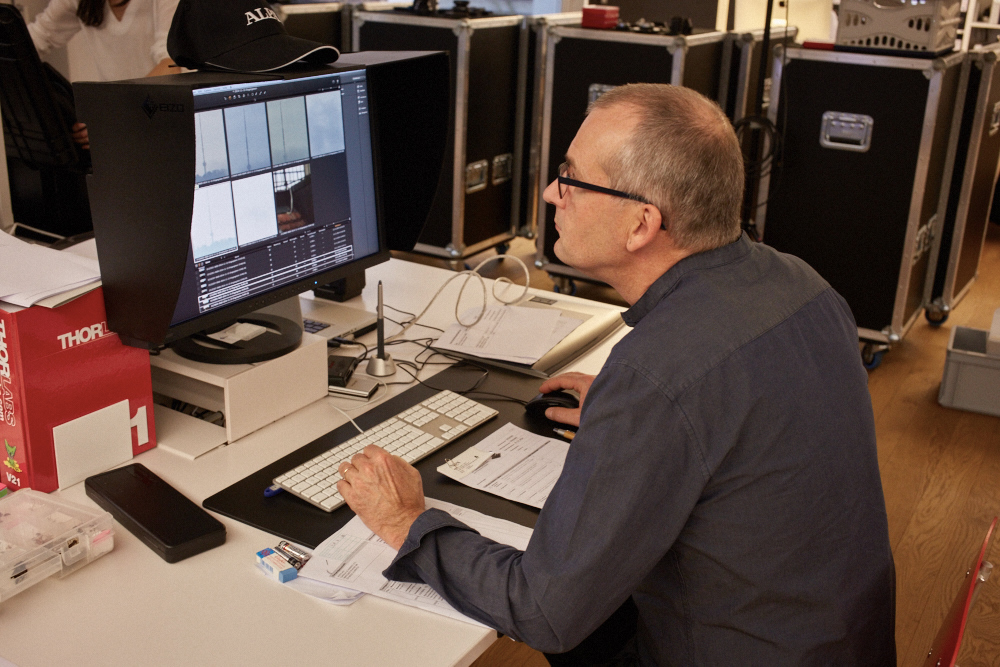
We’re deeply thankful that Alpa dedicated so much time to work with us on helping to understand their products better. The visit brought up and answered a lot of questions for us. From a technical standpoint, Capture Integration is now positioned to be seen as an extension of Alpa. We will be incorporating much of the technical diagnostic and quality control practices for Alpa products into our own facility, including importing some of the same testing equipment. This is all for the point of being able to provide the best possible experience and knowledge for anyone who would like to own Alpa products.
While we spent the week trying to keep our brains from hurting too much, we still found occasion to enjoy time with our hosts. This meant some fantastic meals, long intense discussions of chocolate, and of course, a fondue meal, where we learned a lot about cheeses and wine, and cheeses, and wine….and….
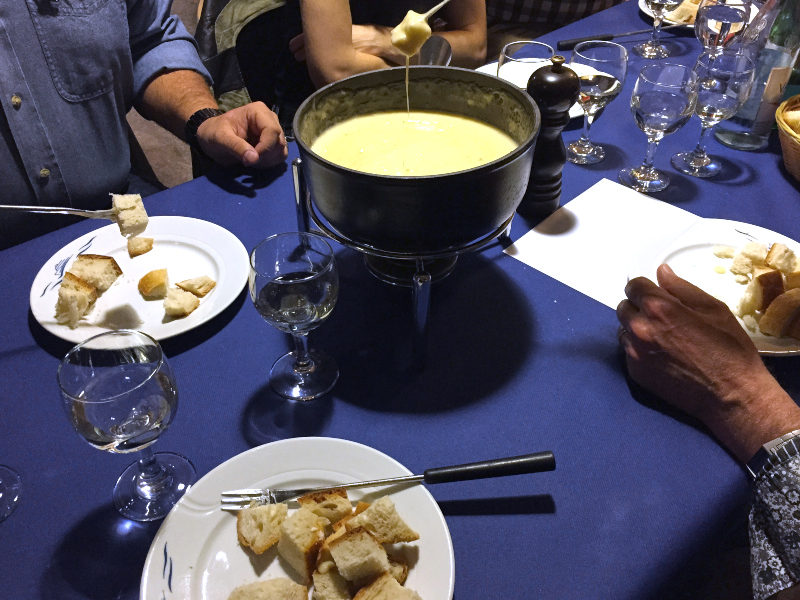
What I wanted to do but maybe will on the next go round, is grab chocolates from all over the world, blindfold the Alpa team, and force them to choose the best tasting chocolate. Sort of like the Pepsi challenge. Those results could be very interesting indeed!
